Giro d’Italia 2013: Five key stages
Giro Countdown: 1 day to Naples
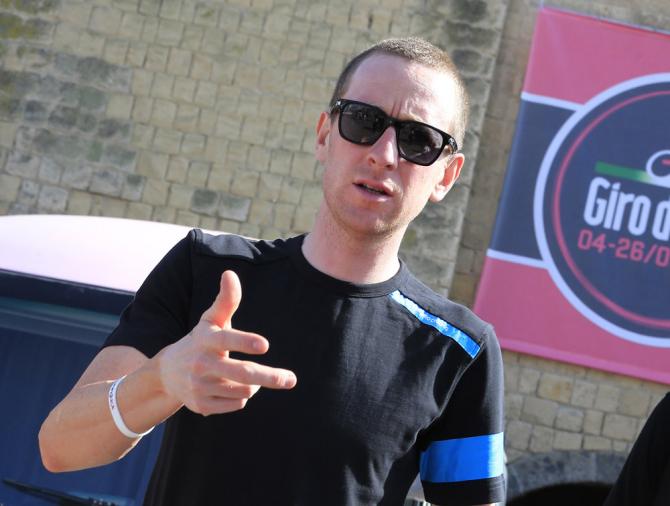
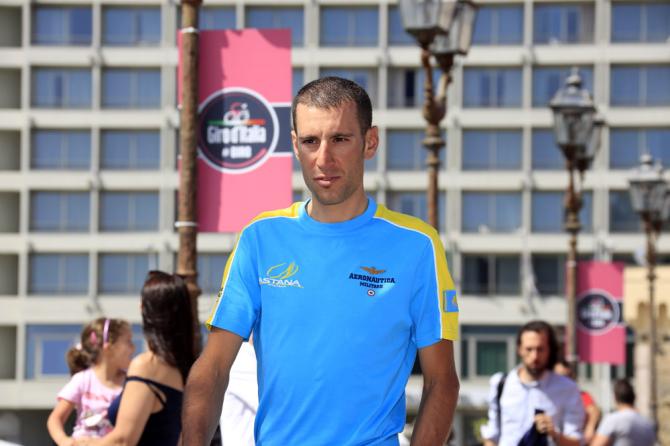
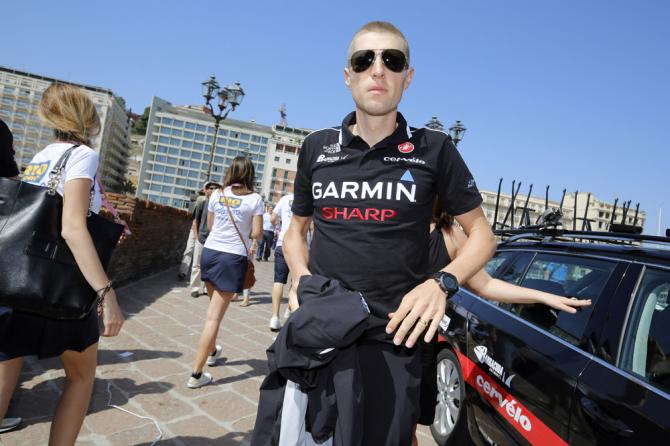
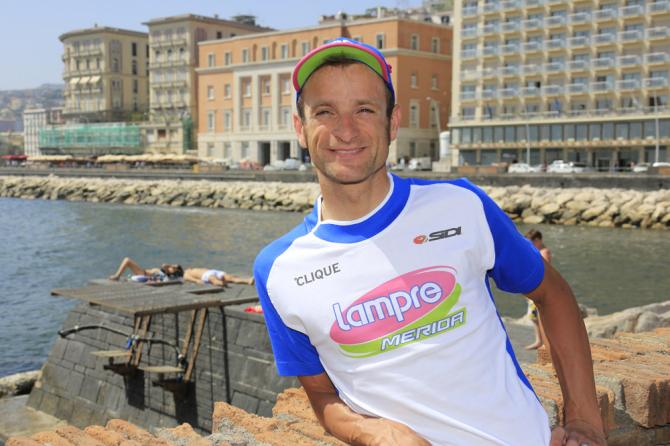
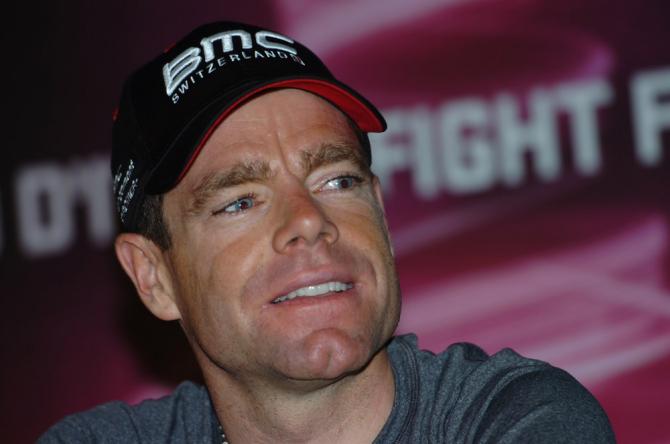
The 96th edition of the Giro d'Italia offers up an innovative challenge for the overall contenders. With a team time trial, big mountain stages and a lengthy individual race against the clock, anything can happen in this year's Corsa Rosa. Cyclingnews breaks down the key stages which will shape the overall classification.
Stage 8: Gabicce Mare-Saltara, 55km. Individual time trial Saturday 11 May.
Short of giving time bonuses for sideburns and swearing in press conferences, RCS could hardly have issued a more blatant invitation to Bradley Wiggins to come and fight for pink than this 55-kilometre time trial at the end of the Giro’s deceptively difficult opening week.
If everything runs according to script, then the first major rendezvous of the race is not just a chance for Wiggins to seize the pink jersey but also to eliminate several of his rivals from genuinely contending for final overall victory. Even those with a decent time trialling pedigree – Ryder Hesjedal, Cadel Evans and Vincenzo Nibali – will be glad simply to limit their losses to Wiggins and stay within touching distance come the final week.
Received wisdom suggests that Wiggins really can’t lose here but therein lies the rub – anything short of an Indurain-in-Luxembourg-style crushing of Nibali et al in the time trial will be viewed as something of a disappointment, at least from outside the Sky camp. Wiggins’ rivals already expect to be on the back foot with time to make up in the second two weeks. If that task is any way lessened, there will be a palpable boost to their morale.
The course itself is far from straightforward, starting with an undulating run along the Adriatic coast before turning inland at Pesaro. 10km or so of flat follow before the road climbs gently again towards the finish at Saltara. A young Wiggins might have struggled on a course like this, but the post-2009 version is seemingly a different beast and will expect to dominate. That said, Nibali is optimistic about limiting his losses on a course he describes as “nervous.”
Stage 10: Cordenons-Altopiano del Montasio, 167km. Tuesday 14 May.
Get The Leadout Newsletter
The latest race content, interviews, features, reviews and expert buying guides, direct to your inbox!
There are already several stages in the opening week which, depending on how they are raced, could tell us much about the state of play among the overall contenders. Stage 4 to Serra San Bruno is the longest of the race and has a real sting in the tail to boot, while stage 7 to Pescara is an ideal spot for the likes of Nibali et al to wage guerrilla warfare against Team Sky. However, stage 10 into deepest Friuli to Altopiano di Montasio is the first summit finish of the race and the first real chance for the climbers to start clawing back time on Wiggins after the opening time trial.
The geography of Italy means that the transition from big to little ring is never as sudden or as brutal as at the Tour de France, but coming on the back of the Giro’s first rest day, this stage could catch a number of riders on the back foot, although mercifully they will have 100 kilometres in their legs before the climbing starts in earnest.
First up is the Passo Cason di Lanza (Category 1), in a sort of buy one, get one free arrangement, as the ascent is neatly arranged into two blocks of 6km, with a two-kilometre descent to break things up. The gradient pitches up to 16% near the summit, however, and provides an early sighter for willing attackers. The final category 1 haul to Altopiano del Montasio averages 8% in the final ten kilometres, and while it’s unlikely that any race-defining move will go off the front, expect a number of riders to bid farewell to their podium hopes here as the fight for pink begins to take shape.
Stage 15: Cesana Torinese-Galibier, 150km. Sunday 20 May.
This is the second installment of a weekend double-header in the Alps, following on from the previous day’s summit finish at Bardonecchia. The grandstand stage in the Alps is a common feature on the third weekend of the Giro ahead of the final denouement in the Dolomites, but the spectacle has not always matched the dramatic surrounds in recent seasons (see last year’s tough but unspectacular grind to Cervinia). The difficulty of this year’s Alpine special, however, should guarantee a certain degree of fireworks.
Although the mighty Col du Galibier lies just over the frontier, the Giro has remarkably never visited the Alpine giant, preferring instead the Izoard when it makes its sorties into France. The organisers make amends here – the Galibier features as a summit finish, just as it did at the Tour de France two years ago, and comes at the end of a short stage that ought to inspire aggressive racing from the off, particularly given that it is followed by a rest day.
First on the agenda is the Col du Mont Cenis (Category 1), which brings the gruppo over the border. A long, shallow descent follows before the main action. The Col du Télégraphe is “only” category two, but it is a long, hard slog and – crucially – there is only the shortest of descents before the intimidating hulk of the Galibier looms into view. Its 8.2% average gradient is not the toughest in this Giro, but the road pitches up sharply with 4km to go, as the race passes the monument to the late Marco Pantani and pays homage to the troubled climber ten years after his final appearance at the Giro.
When the Tour de France had a summit finish up here two years ago, Andy Schleck emerged victorious with an attack from distance but the sheer length of the climb proved fatal to the flagging Alberto Contador’s overall ambitions as he was dropped from the front group near the summit. The Télégraphe and Galibier combined go on for some 34 kilometres and the rarefied atmosphere at 2642 metres above sea level make it a serious test of pink jersey credentials.
Stage 19: Ponte di Legno-Val Martello, 138km. Friday 24 May.
With three monstrous climbs shoehorned into just 138 kilometres of racing, this stage has the potential to be a miniature epic. Coming the day after the Polsa mountain time trial, the RCS “script” doubtless sees Wiggins in pink trying to fend off a flurry of attacks from Nibali et al even if there is a lot of racing between now and the final Friday of the race.
Almost immediately after leaving Ponte di Legno, the gruppo begins the ascent of the Gavia, 25 years on from the Giro’s snowbound crossing over the pass in 1988. Andy Hampsten emerged from the blizzard to claim pink on that occasion (even if he was passed on the descent to Bormio and missed out on stage victory) on a day that has become a byword for the extremes to which the Giro goes to produce its trademark spettacolo. Even if the snow is merely banking the roadsides rather than falling from the heavens, the climb is a brute – 16.5km long with an average gradient of 8%, slopes of up to 16% and yawning upwards to 2618 metres above sea level.
Next up is the even mightier Stelvio, which at 2758 metres above sea level is the highest point in the race and site of the 2013 Cima Coppi. Its average gradient is “only” 6.9%, but the series of switchbacks halfway up the climb are a prime spot for an ambush of the Sky train, and Sergio Henao and Rigoberto Uran will have to be vigilant here.
The final haul to Val Martello is a new climb for the Giro and it drags on for a seemingly infinite 22 kilometres, roughly broken into three parts. The first spot of respite comes with a short descent after 6km of climbing, before the road kicks up again for another long, grind of 11km or so. The road then levels out almost to a false flat, before a final, agonising kick up to the line. With the Gavia and Stelvio weighing heavily on already tired legs, the 14% wall 2km from the summit could prove too much for some.
Stage 20: Silandro-Tre Cime di Lavaredo, 202km. Saturday 25 May.
Wiggins reckons the Giro will be long decided before this final mountain stage, yet he was careful to come and reconnoitre the route all the same. Heavy snow in the Dolomites meant that many of the roads were either closed or at least not passable by bike, but it’s hard to believe Wiggins’ assertion to Gazzetta dello Sport that he slept in the car while Dario Cioni drove over the course.
Mercifully, there is a flat start to proceedings before the first climb, the category 2 Passo Costalunga, which comes after 65 kilometres. The Passo San Pellegrino follows soon afterwards but it is the final 50 kilometres where the final salvoes in the fight for pink will be fired. The Passo Giau is arguably the toughest climb in the Giro for consistency of gradient as its final 10km average 9.4% with long stretches of 14%, while the sinuous descent could also be a platform for Nibali to zip off the front as he did in 2011.
The final 20 kilometres of the stage bring the peloton from Cortina d’Ampezzo to the finish at Tre Cime di Lavaredo in three brutal instalments. First up is the Passo Tre Croci (category 2), before the road kicks up to 18% on the Col Sant’Angelo. A short, fast descent follows ahead of the gruelling final 4 kilometres of climbing of the 2013 Giro d’Italia. This last stretch averages 12% and hits 18% for a sustained spell in the penultimate kilometre. Wiggins believes the destination of the maglia rosa will be decided by this juncture, but regardless of his identity and his buffer, the pink jersey will not feel certain of anything until reaching the summit.

Barry Ryan was Head of Features at Cyclingnews. He has covered professional cycling since 2010, reporting from the Tour de France, Giro d’Italia and events from Argentina to Japan. His writing has appeared in The Independent, Procycling and Cycling Plus. He is the author of The Ascent: Sean Kelly, Stephen Roche and the Rise of Irish Cycling’s Golden Generation, published by Gill Books.